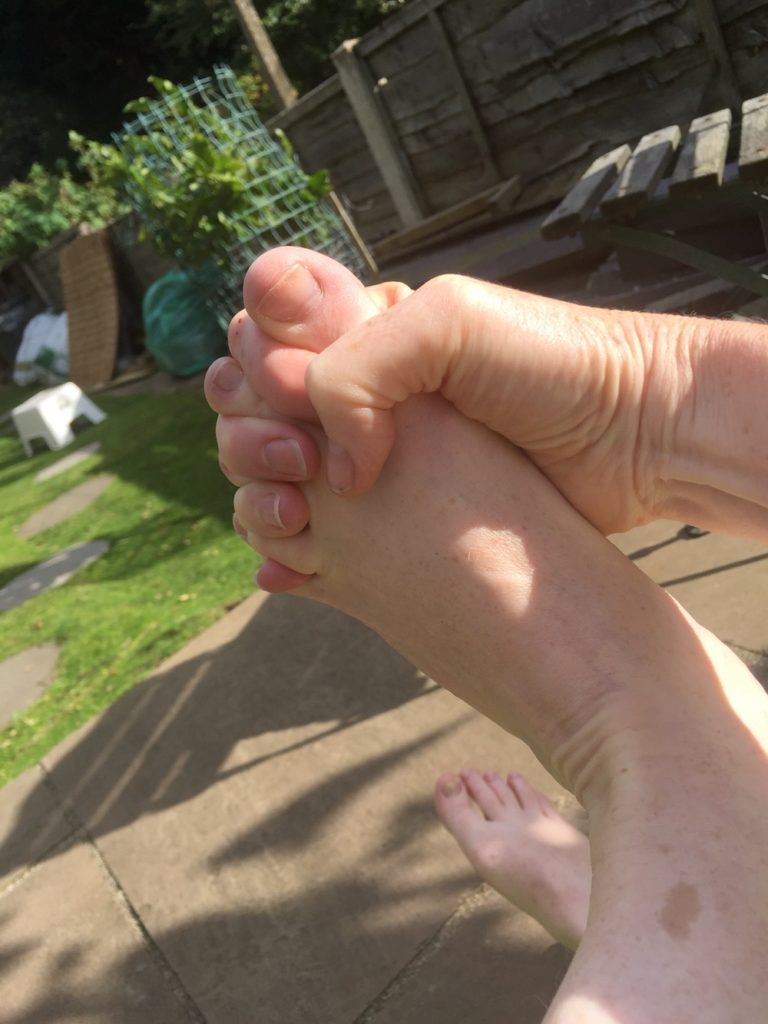Back in April, I emailed the organisers of the 4th World Congress of Pyschogeography (4WCoP) to ask: "Might there be a interesting discussion in the idea of how women walk together…" Mainly I wanted to get some wider framing/context for the Crone and Dazzle walks, to connect with other female walkers and also listen to other women share their walk experiences.
That Fiona Weir and Sonia Overall immediately picked it up and ran with it, taking part themselves on top of running the 4WCoP, was generous to say the least. They pulled it together with Dr Sheree Mack, North East Leader for Black Girls Hike and neurodivergent Midlands artist and writer …kruse to make a panel of five. We kept our presentations brief (3-5 mins) to allow for a starter question asking people to contribute a word they associated with how women walk (see the sad word cloud at the top of this post) and also plenty of space for others to talk after. We also had a word/theme to guide each of us – Play, Privilege, Presence, Purpose and Permission.
The recording is here and my talk pasted below. It's looking like there will be some follow-up as the conversation is continuing. Watch this space.
My P-word for today is ‘Presence’, so I’m going to talk about two walks. One is all about presence, the other all about absence but both are about being seen on your own terms.
A bit about me…
- Started a walking practice in 2016 to become fitter – this was mostly walking at night after work in the dark
- For safety I kept to main roads but sometimes I blended into the darkness, unseen
- Realised I liked being invisible. I felt safer – it gave me back some power in not feeling like a potential target all the time
- My first bit of walk-based writing was about entering my local park at night, ninja like, hopping behind trees, in order not to be seen [read link].
- The other thing that has become a part of my practice is becoming an activist.
- They say that when your oestrogen runs out, you are less likely to put up with all the crap that women have to deal with. And that was me. I started getting angry and wanting to change things – also I realised that this was partly a function of going through the menopause. I think that comes across both walks.
Crone Walk
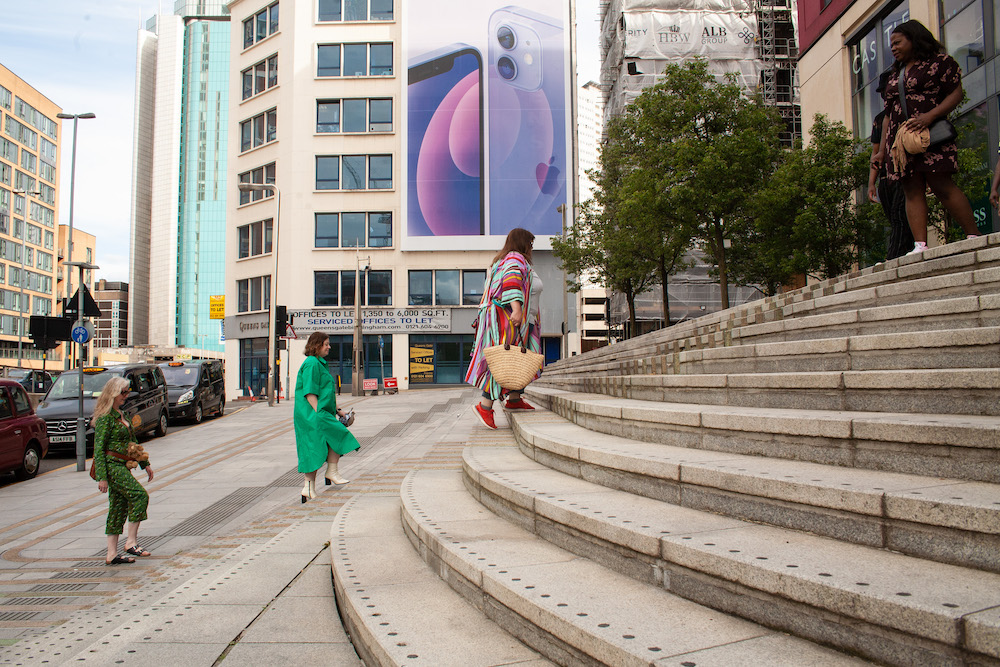
In May a group of four of us decided to stake our place in the city. We were all at that certain age where women start to become invisible and we wondered what it would be like to walk in order to be ‘seen’. Where and when we walked seemed important but also how.
So we spent an hour walking where women might feel less comfortable – on canal towpaths, in subways, etc. We also walked around Broad Street and the entertainment district where everyone was 30 years younger and which was very crowded on the first Saturday night out of lockdown.
We dressed up in bright colours, played with female stereotypes and carried props of stuffed toys. We walked in silence as if in a procession and a photographer papped us as we walked. Which has the effect of shining a spotlight directly on us.
It was more intense than the photo maybe shows. People did comment and stare but really it was more about our experience of reclaiming space as older women, and also about the bonding process of women walking together and talking together and of doing something for themselves.
I liked the idea of radical softness – this was a quiet act of provocation in the landscape.
Afterwards there was a lot of discussion about ageing and gender. I had a lot of thoughts – too many for here so I wrote a big essay called Send in The Crones. I’d be interested to know if anyone else is doing walking based on these topics of gender+age.
Dazzle Walks
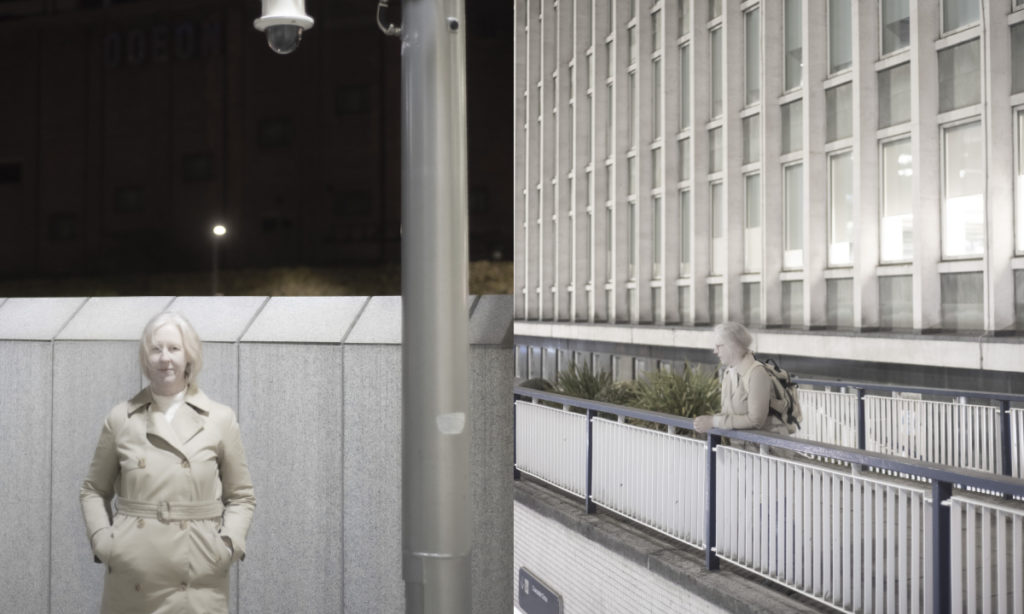
This was a commission from The Dazzle Club which explores surveillance in public spaces. As a middle-aged women, I’ve discovered I’m literally invisible to facial recognition systems and a lot of digital capture. Long story short, I’ve become beige with age!
And that’s how the Beige City Strollers became the unofficial title of the first Birmingham Dazzle Walk. I invited …kruse to walk with me and use the camouflage of age as anti-surveillance countermeasures. We wore low contrast clothing and makeup to become less visible and make it harder for the cameras to find the markers of our face. We literally became the stereotypes of invisible older women as we walked through the city centre, unnoticed and unobserved in our blandness.
In stark contrast a month later I did a second female Dazzle Walk and this time we painted our faces with Dazzle paint to confuse facial recognition systems. We were approached so many times by men that I lost count. We even ended up following one because he started following a single woman after approaching us.
Again there is a lot to talk about in terms of the work that women do to feel safe when they walk, or to discourage approaches by strangers – and the conflict that we should have to jump through these hoops at all. One for the discussion.
Thanks for listening!
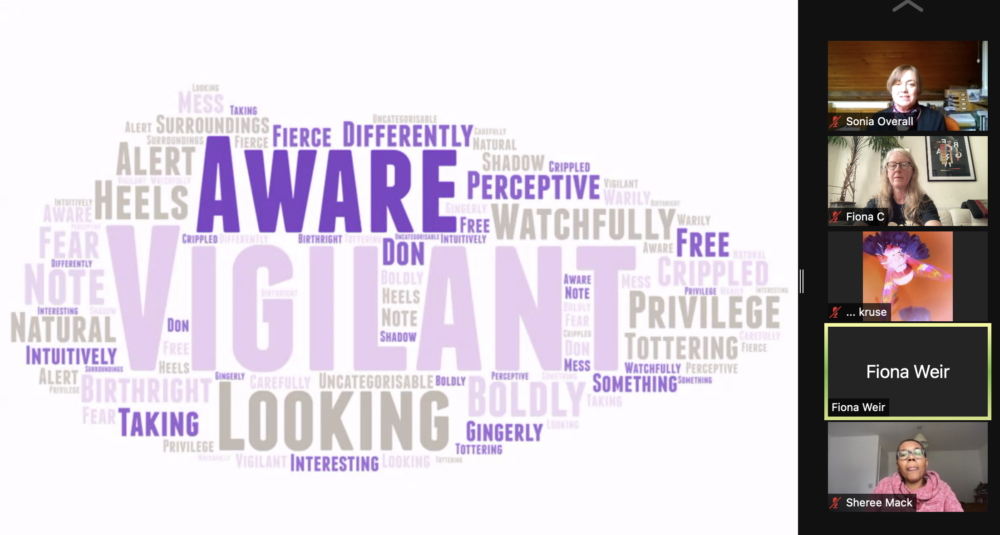
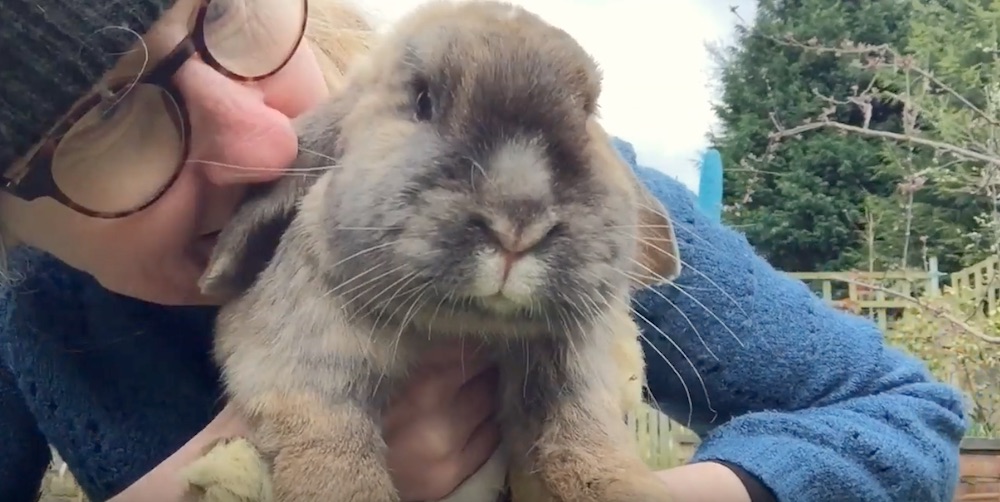
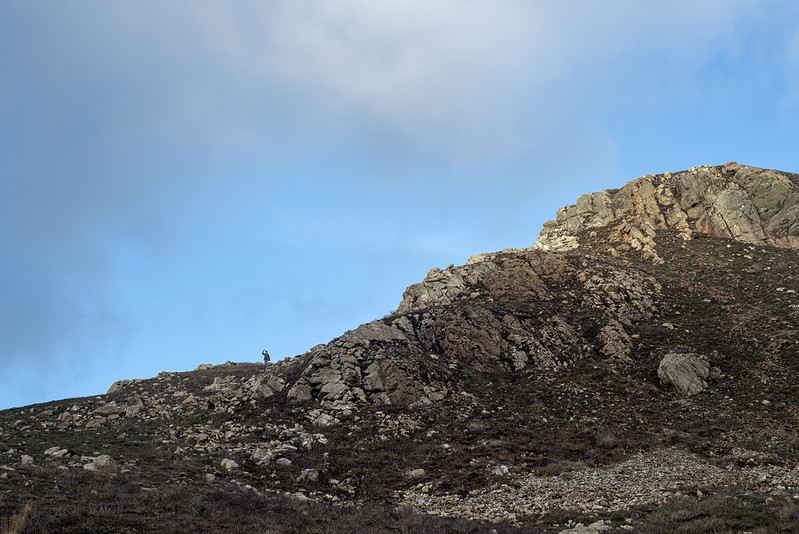
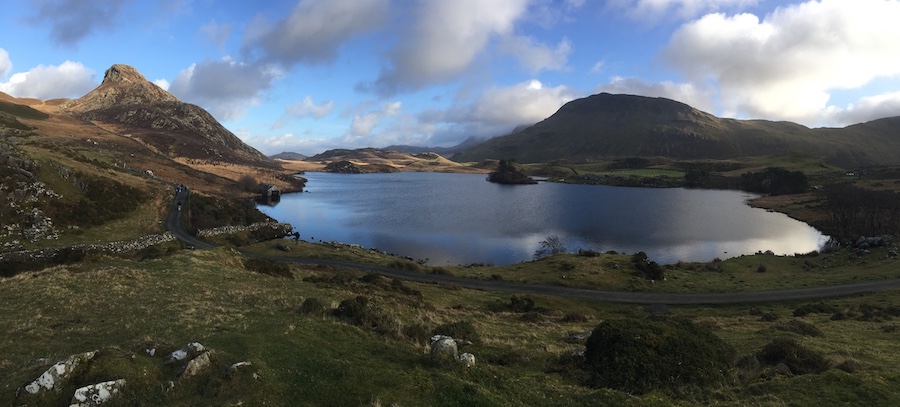
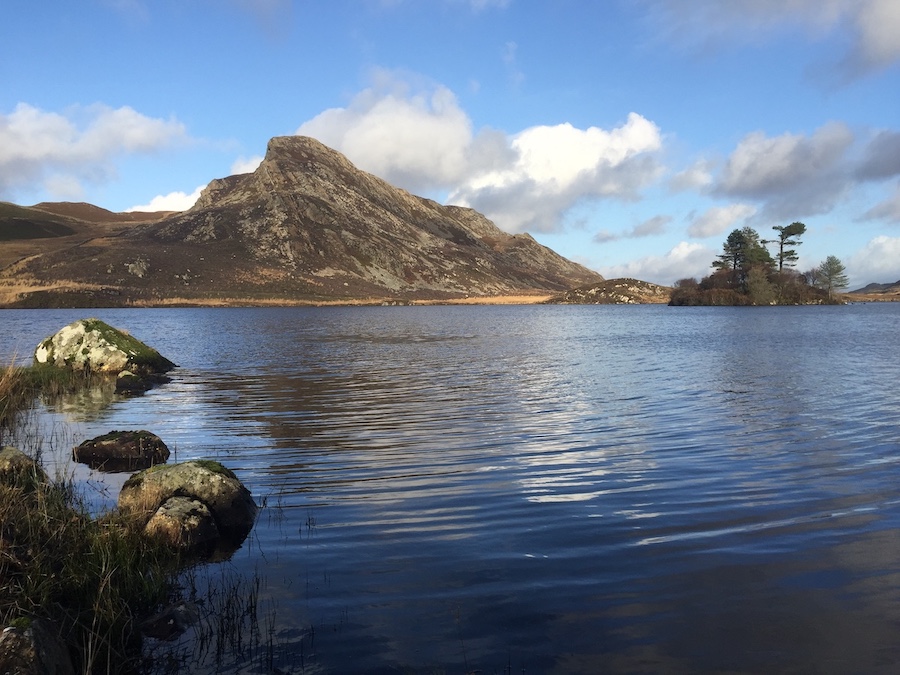

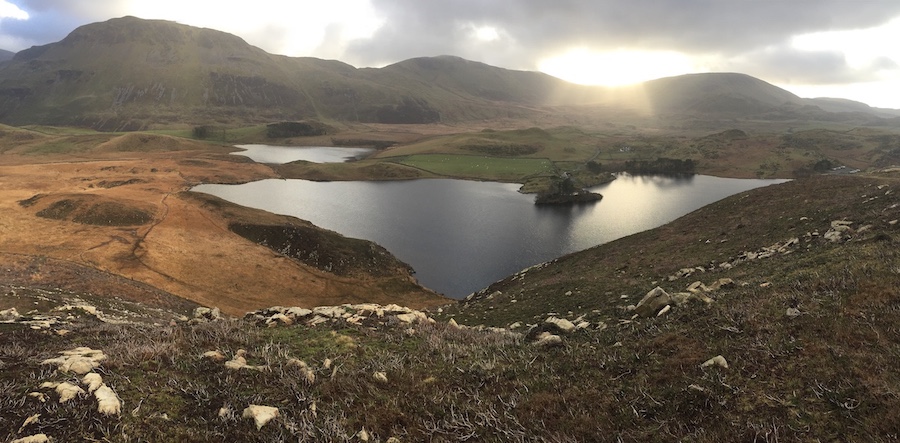
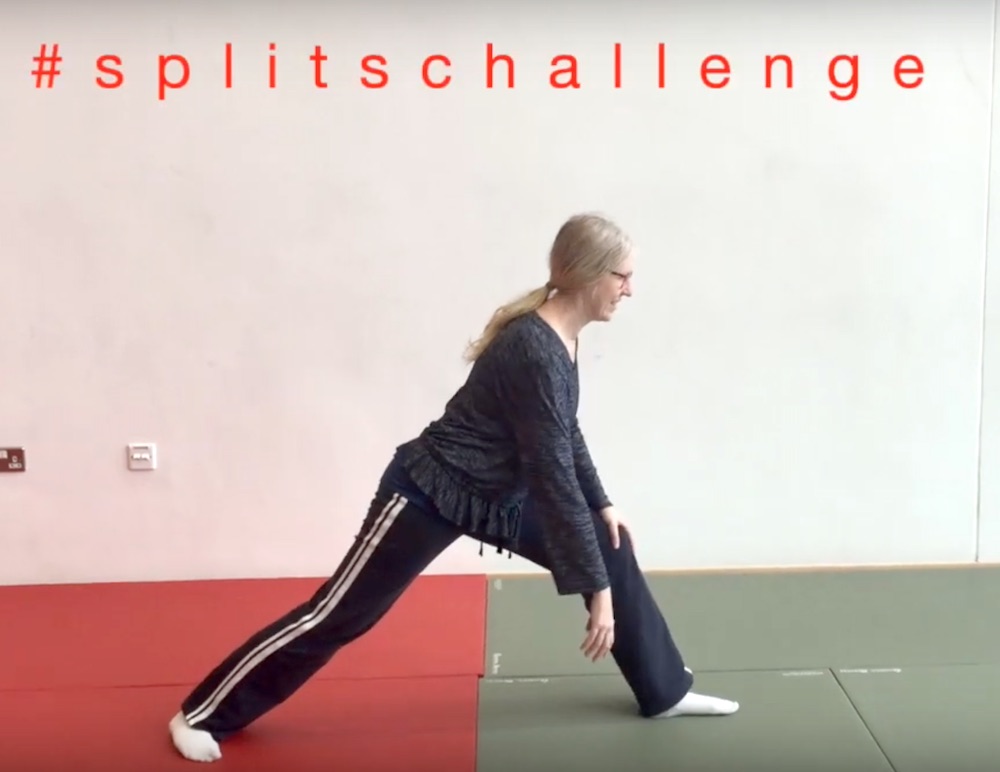
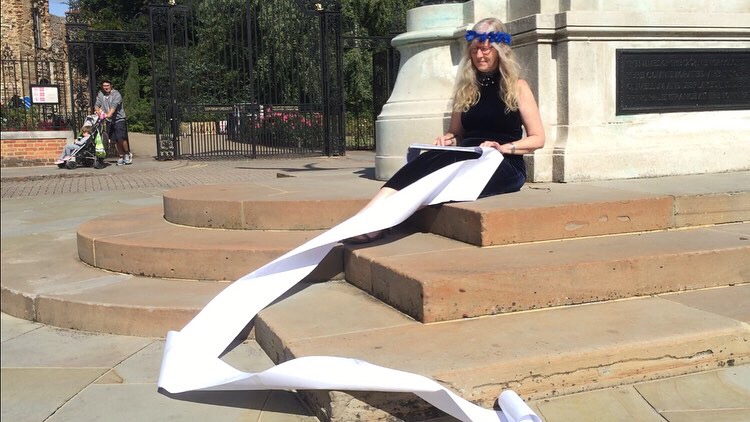


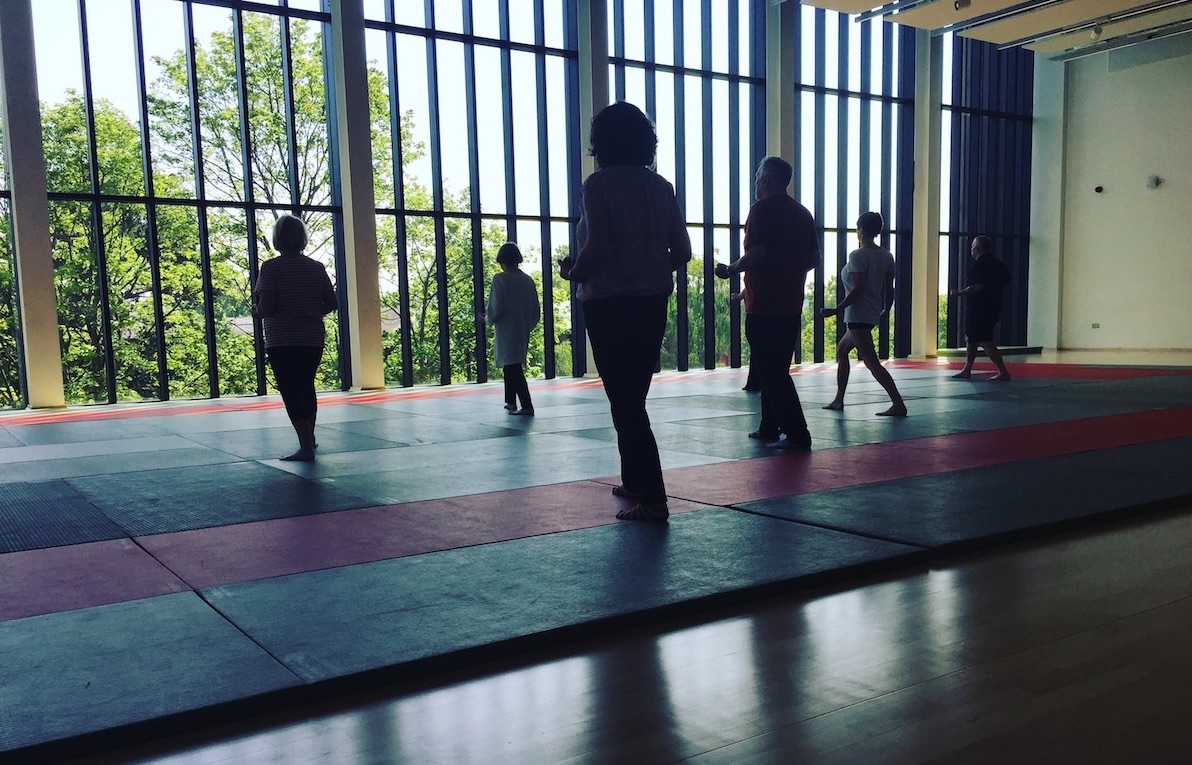
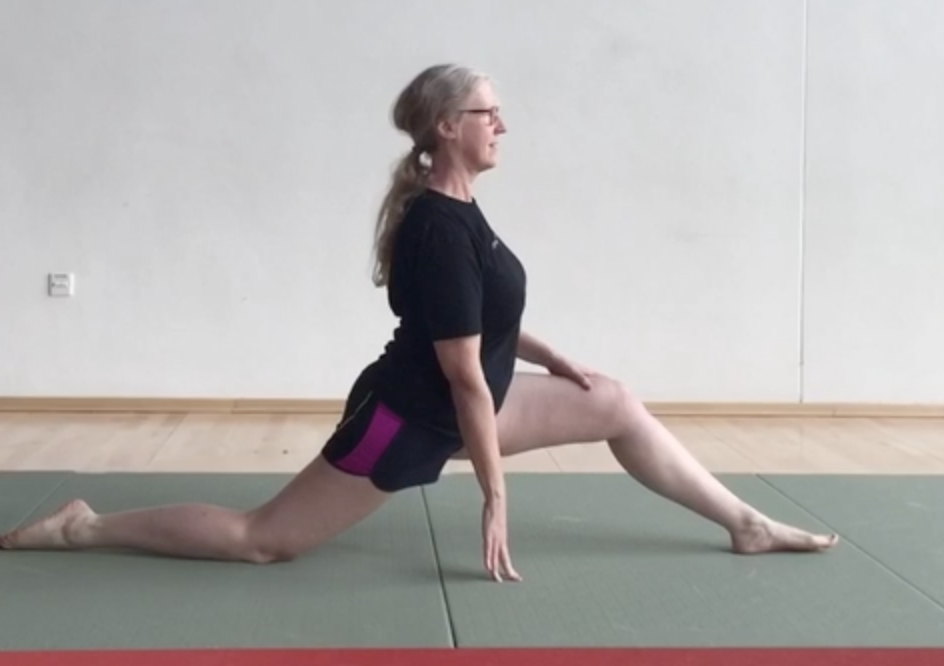
 I discovered the importance of having independent toes (the ability to flex individual toes on command) after reading
I discovered the importance of having independent toes (the ability to flex individual toes on command) after reading 